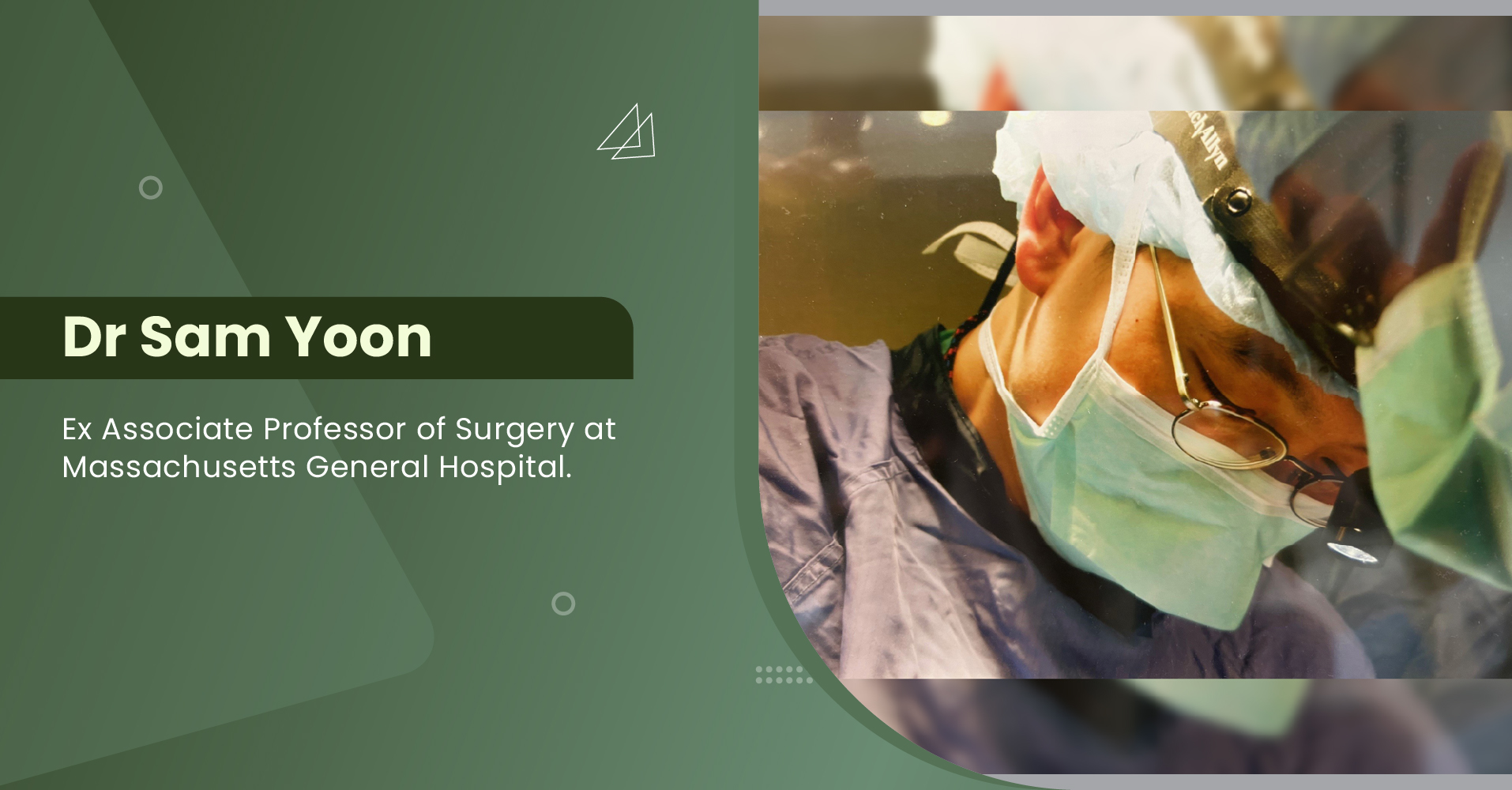
The realm of surgery is undergoing a profound transformation, driven by the rapid advancement of robotic technologies. Robotic surgery, once a figment of science fiction, has now emerged as a pivotal innovation in modern medical practices, offering unprecedented precision, reduced recovery times, and diminished human error. This article delves into the key innovations in robotic surgery that are setting the stage for a new era in medical procedures.
Precision and Flexibility: The Hallmarks of Robotic Surgery
At the core of robotic surgery’s appeal is its extraordinary precision. Traditional surgery, while highly effective, is limited by the natural steadiness and reach of the human hand. Robotic systems, such as the renowned da Vinci Surgical System, enhance these capabilities by translating a surgeon’s hand movements into smaller, more precise actions. The robots can perform complex procedures through incisions that are significantly smaller than those required in traditional surgeries.
Moreover, the flexibility of robotic arms surpasses human ability. Equipped with joints that can rotate 360 degrees, these robotic arms can maneuver in ways that human wrists cannot, allowing surgeons to reach awkward or previously inaccessible areas with ease. This flexibility is particularly beneficial in procedures that require intricate detailing, such as neurosurgery or microsurgery.
Enhanced Visualization Techniques
Another significant innovation in robotic surgery is the advancement in visualization technology. High-definition 3D cameras provide surgeons with a clear and magnified view of the surgical site, surpassing what is visible to the naked eye in open surgeries. This enhanced visualization aids in precision and decision-making, allowing for more accurate incisions, sutures, and manipulations.
Furthermore, some robotic systems are now incorporating augmented reality (AR) to provide real-time imaging overlays that guide surgical procedures. For instance, AR can project the image of a tumor onto the surgeon’s goggles during surgery, enhancing the accuracy of tumor removal.
Reduced Trauma and Faster Recovery
The minimization of incisions not only reduces the risk of infection but also significantly lessens surgical trauma. Patients undergoing robotic surgery often experience less pain and quicker post-operative recovery. This not only enhances the patient’s comfort and reduces hospital stays but also significantly cuts down on medical costs associated with longer hospitalization.
Additionally, the precision of robotic surgery results in less blood loss and fewer transfusions. This not only speeds up recovery times but also lowers the risks associated with blood transfusions, such as allergic reactions or infections.
Training and Simulation
The training for robotic surgery has also seen innovations with the integration of virtual reality (VR). VR simulators allow surgeons to practice procedures in a controlled environment, honing their skills without the need for physical practice on cadavers or patients. This technology provides feedback on the surgeon’s technique, helping to improve their skills before they perform actual surgery.
These simulators are continually updated to reflect the latest techniques and scenarios, ensuring that surgeons are trained on the most current procedural standards. This ongoing education is crucial in a field where precision and updated knowledge directly impact patient outcomes.
The Impact on Rural and Remote Surgery
Robotic surgery is poised to revolutionize medical care in rural and remote areas. With the ability to perform surgeries remotely, surgeons can operate on patients hundreds of miles away. This capability is particularly crucial for patients in areas where access to specialized medical care is limited.
Teleoperated robotic systems can extend the reach of highly skilled surgeons to these underserved areas, ensuring that more patients receive expert care without the need to travel long distances. This not only makes specialized surgical care more accessible but also more equitable.
Challenges and Ethical Considerations
Despite its numerous advantages, robotic surgery faces challenges and ethical considerations. The high cost of robotic surgery systems can be a barrier to their widespread adoption, particularly in underfunded hospitals or developing countries. Additionally, there is an ongoing debate about the learning curve associated with robotic systems and the potential for over-reliance on technology.
Furthermore, the integration of robotics in surgery raises ethical questions about patient safety in the case of technological failures and the responsibilities of the surgeon versus the technology. These concerns necessitate stringent regulatory standards and continuous monitoring of robotic surgery practices.
Looking to the Future
As technology progresses, future innovations in robotic surgery promise even greater advancements. Researchers are exploring the potential of AI to provide real-time diagnostics during surgery, potentially predicting complications before they occur. Additionally, the integration of machine learning could enable robotic systems to learn from each surgery, improving their efficiency and safety over time.
The future of surgery is being reshaped by robotic technologies. With enhancements in precision, flexibility, visualization, and training, these systems are not only transforming medical procedures but are also setting new standards in patient care. As we look forward, the potential for further innovations holds the promise of making surgery safer, faster, and more accessible to all.